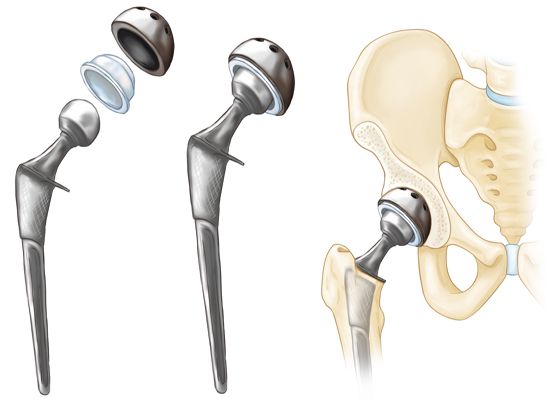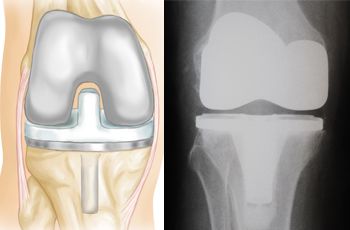Recovery
Preventing Blood Clots After Orthopaedic Surgery
One of the major risks facing patients who undergo surgery is a complication called deep vein thrombosis.
Deep vein thrombosis (DVT) is the formation of a blood clot within a deep vein. It commonly occurs in the thigh or calf. Deep vein thrombosis can develop after any major surgery. People who have surgery on the legs and hip are especially at risk.
A pulmonary embolism is a blood clot that breaks free and travels through the veins. If it reaches the lungs, it can block the flow of blood to the lungs and heart. A pulmonary embolism is a dangerous condition that can even lead to death.
Your doctor will outline a program to help prevent the development of blood clots after your surgery. This may include periodic elevation of your legs, lower leg exercises to increase circulation, support stockings, and medication to thin your blood.
This video provides additional information about DVT and its prevention.
Warning Signs
It is important to follow your doctor's instructions carefully to minimize the risk for blood clots during the first several weeks of recovery from surgery.
Warning Signs of Blood Clots
- Pain in your calf and leg, unrelated to your incision
- Tenderness or redness about or below your knee
- Swelling of your thigh, calf, ankle, or foot
Warning Signs of Pulmonary Embolism
- Sudden shortness of breath
- Chest pain, particularly with breathing
Notify your doctor immediately if you develop any of these signs.
Last Reviewed
June 2017
AAOS does not endorse any treatments, procedures, products, or physicians referenced herein. This information is provided as an educational service and is not intended to serve as medical advice. Anyone seeking specific orthopaedic advice or assistance should consult his or her orthopaedic surgeon, or locate one in your area through the AAOS Find an Orthopaedist program on this website.








